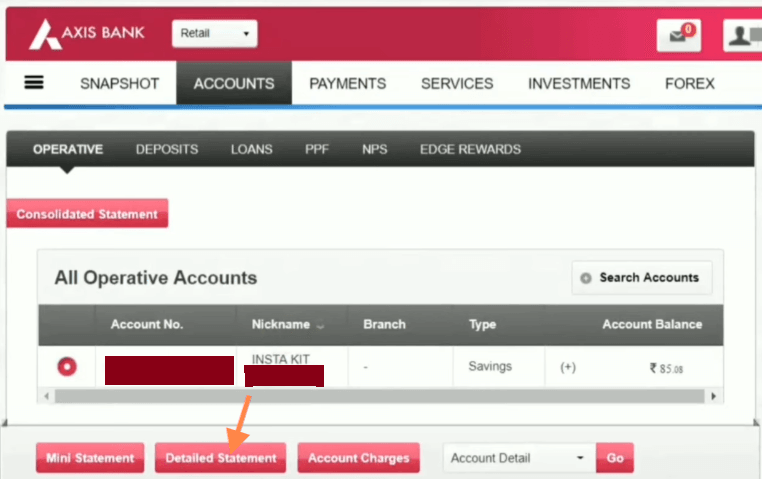
When calibrating the ideal temperature, you’ll want to choose the lowest temperature possible that still allows sufficient melting of the filament.

Sufficient heat is needed to fully melt the filament, but not so much that the filament takes too long to harden after depositing onto the print. The nozzle temperature refers to the temperature of the hot end, which melts the filament to deposit it onto the print bed. Note: even if the printer is not loaded, you still need to heat it in order to manually extrude filament.Ģ) Remove the Bowden tube from the coupler on the extruder side by pressing down on the plastic coupler ring, or by unscrewing the coupler with a wrench.ģ) Feed filament into the extruder until it starts feeding through and out the other side.Ĥ) Use a Sharpie or similar marker to mark the filament as closely as you can to the flat side of the extruder. E-steps Calibration Procedureġ) Heat the nozzle to 180 ✬ and remove any loaded filament. We are using an Ender 3 V2 for this calibration-the menu options may vary somewhat for other printers, but the process is the same. We recommend using calipers (Amazon link) to get the most accurate measurement, but you can also use a ruler if you don’t have calipers. In this test, you extrude the filament 100 mm, then confirm via measurement that the actual results match the expected 100mm. To make sure the flow rate is correct, we’ll perform an e-steps calibration. The consequences of incorrectly setting e-steps are self explanatory: over-extrusion if it’s too high, or under-extrusion if it’s too low. This setting is typically pretty accurate on Creality 3D printers, but it’s a good idea to test it to make sure there are no issues, and to fine-tune it. The extrusion flow rate refers to how much filament the extruder pushes through for a given distance, which is controlled by the e-steps configuration on the 3D printer. For more information, please see our affiliate link policy. Note: Creality Experts receives a commission for items you purchase from this page, at no additional cost to you. We recommend calibrating these in the above order, but you can skip ahead to any section if you prefer using the links below: Retraction distance - ensure clean prints with no stringing Print temperature - make sure you are printing at the best temperature to avoid hot end clogs and underextrusion
ZED AXIS DEFAULT ACCOUNT SETTINGS HOW TO
In this article, we look at how to calibrate three important settings:Įxtrusion flow rate - ensure that your printer is extruding filament at the proper rate to avoid underextrusion or overextrusion
ZED AXIS DEFAULT ACCOUNT SETTINGS FREE
Fortunately, with the Cura slicer and a popular free add-on, you can run calibration tests on your Creality printer very easily. Since these settings can vary slightly between machines, you’ll get the best results by testing them yourself on your own 3D printer. However, you can further optimize these with a bit of testing and calibration to get the best quality out of your printer.

The default slicer profiles you can find online for Creality printers like the Ender 3, CR-10, or Ender 5 will typically have good starting settings which you can use to print out of the box. Achieving the best performance and quality from your Creality 3D printer requires fine-tune adjustments of critical print settings which have a significant effect on your prints.


 0 kommentar(er)
0 kommentar(er)
